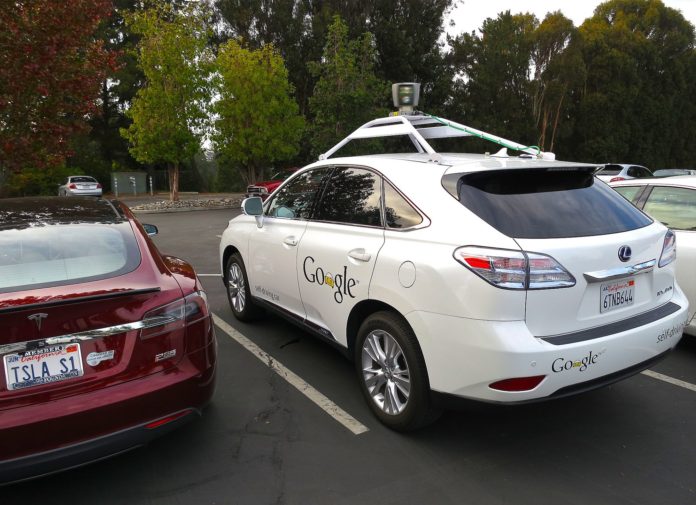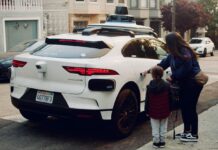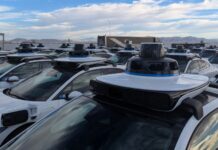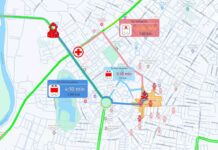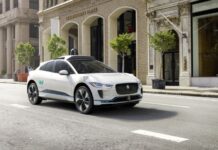I originally published a version of this post in June 2016. This update, with the recent news, further confirms some of the assumptions I made back then.


The tweet above confirms something we’re all quite aware of, which is that there is still a lot to do before we get self driving cars onto our roads. But why is this the case? Aren’t these companies the ones with the technical know how and unlimited resources required to make our self-driving car fantasies reality? Well, it turns out there are three technical issues making this difficult.
Barring a horrible spate of autopilot accidents the self-driving car movement will continue in full swing. The technology is improving at pace with Elon Musk declaring that “worldwide regulatory approval will require something on the order of 6 billion miles (10 billion km). Current fleet learning is happening at just over 3 million miles (5 million km) per day.” Every single one of the big technology and automobile players is plowing money and brainpower into being the company that ushers us into this utopian future where there will be zero vehicular accidents caused by human behind the wheel errors. But making this happen is proving more difficult than the companies expected.
My first question here is why did these software first companies assume that they could just turn around and build cars? And why have we all assumed all that matters in this push is the actual development of the hardware/self-driving car? We forget there are a lot of aspects to the technology that is required to make that future happen. It’s never made sense that these companies would build cars.
The Tech We Now Have
There have been some mind-blowing advances in the component technologies required to build a self-driving car.
- Real-time modeling at scale: Carcraft, is Waymo’s World of Warcraft-like software that enables 25,000 autonomous driving simulations in any of the cities where Waymo/Google is currently deploying self-driving cars. This level of testing was not possible before now. Millions of miles of simulation get us to Level 4 (full autonomy), at least in simulations, and ever closer to where we need this to be before it can be unleashed on roads as commercially viable cars.
- Cheaper LiDar: That funny looking sensor that you see on most self-driving cars (image above) is called LiDar, which stands for Light Detection and Ranging. It does exactly what it says in the name and is the key data gathering component for self-driving cars. Commercial LiDar systems went for anywhere between $1000-$70,000, a prohibitive cost for any car manufacturer to add on their vehicles. MIT’s Photonic Microsystem Group is claiming they can manufacture LiDar for as low as $10 shrinking it to less than the size of a coin and Velodyne is claiming they can get a subsystem cost down to below $50! Moore’s Law in full effect.
- Data collection and analysis at Machine Learning scale: Every new Tesla currently driving thousands of the miles on the road is gaining knowledge of how to autonomously navigate our human infested roads. With every additional mile driven by each car, more collective knowledge is gained and dumped in a central database where it is analyzed in real-time using machine learning. Tesla’s swarm of cars is enabling even more simulations of what driving in real life looks like. Instead of writing rules for the vehicle to follow, the system can use ML to make decisions based on the reams of data that it has been trained on.
What We Still Need To Figure Out.
- Edge cases that are actually the norm (Brains): Training a self driving car is possible in the US because there are enforceable and encoded rules and regulations that govern the road. While these rules might be broken, leading to accidents etc, for the most part we are conditioned to follow the rules of the road. And you can train your software to follow those rules. But this is not the case in places like Nigeria where there are no rules or consequences for breaking the few rules that exist; you need huge numbers of simulation to cater to the possibilities. The simulation requirements are further complicated by the lack of structured roads; paths become roads and fall back into being paths before you’ve had time to update your database/Carcraft.
- Technological challenges (Brains and Body): continuing the point above, the technological complexity of a world without rules is one that will test the limits of self-driving car capabilities. Redundant mechanical systems have to be built into the cars to ensure that the car responds adequately when these edge-but-normal cases happen. It is not about the cars, per se, it’s about the rest of us. We are truly unpredictable . Technology is not advanced enough to capture the context and mind state of a driver in another car. The time between now and when all the other cars on the road are self-driving will be an interesting one.
- Hardware is still pretty hard: The production and roll out delays of Tesla cars (and the death of many software enabled hardware companies) lead us to forget that launching hardware is hard. We forget the technological difficulties of putting together a vehicle and, hurriedly, rush into assuming that combining advanced software into fast changing materials hardware is a breeze. Hardware is still hard.



